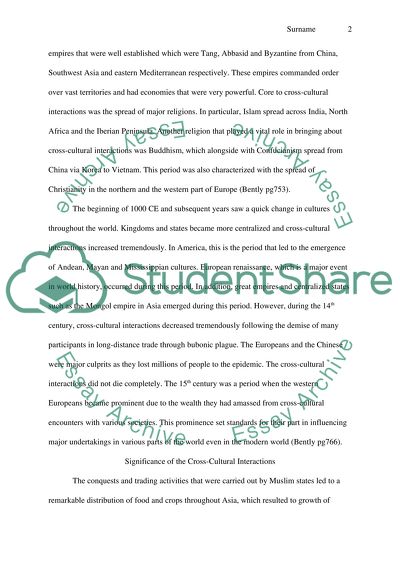Cite this document
(“Cross-Cultural Interactions Essay Example | Topics and Well Written Essays - 1500 words”, n.d.)
Retrieved from https://studentshare.org/social-science/1446803-cross-cultural-interactions
Retrieved from https://studentshare.org/social-science/1446803-cross-cultural-interactions
(Cross-Cultural Interactions Essay Example | Topics and Well Written Essays - 1500 Words)
https://studentshare.org/social-science/1446803-cross-cultural-interactions.
https://studentshare.org/social-science/1446803-cross-cultural-interactions.
“Cross-Cultural Interactions Essay Example | Topics and Well Written Essays - 1500 Words”, n.d. https://studentshare.org/social-science/1446803-cross-cultural-interactions.


